<!-- .slide: data-background="./assets/title.jpg"--> --- <!-- .slide: data-background="./assets/intro.jpg"--> note: My name is Marco Bernasocchi. I’m the Chair of the QGIS.org Association and CEO of OPENGIS.ch. The last time I was in Sweden was exactly 20 years ago. I was living and studying in Uppsala, just two hours north of here. Luckily, my university in Zurich had just upgraded to a brand-new Windows server, and in trying to fix a user profile issue, they irrecoverably deleted my account. No backup. The work was due in 16 days, so I had to rewrite my entire bachelor’s thesis from scratch. lots has changed since then — I was young, I had long hair, I was very, very fit... but most of all, I was writing my bachelor thesis using ArcInfo. That day I became a bit more skeptical of proprietary systems… and maybe, just maybe, it planted the seed for this moment. --- <!-- .slide: data-background="./assets/qgisse.jpg"--> # <span style="color: white;">Tusen Tack!</span> note: Stort tack till hela teamet för allt de har gjort! Vänligen, ge dem en stor applåd! --- # QGIS at a Glance - 🌍 Used by millions worldwide — across cities, forests, disaster zones, farms, ... - 💻 Runs on Linux, Windows, macOS — and Android, iOS via apps - 🗣️ Available in 100+ languages thanks to our global community - 🔁 Updated every 4 months with regular releases -  --- # QGIS is a Digital Public Good - ✅ Officially recognized by the Digital Public Goods Alliance in 2025 - 🎯 Meets DPG standards: open-source, privacy-respecting, inclusive, and aligned with the UN Sustainable Development Goals (SDGs) - 🌱 Supports global causes: climate action, urban planning, disaster response, public health - 🧩 Strengthens QGIS' role in international cooperation — especially with governments, NGOs, and educational institutions - 🙌 Reinforces our commitment to building digital infrastructure that’s open, accessible, and ethical note: This recognition opens doors for collaboration and funding. It shows that QGIS isn't just a tool — it’s a public good that empowers people worldwide. --- # Community First 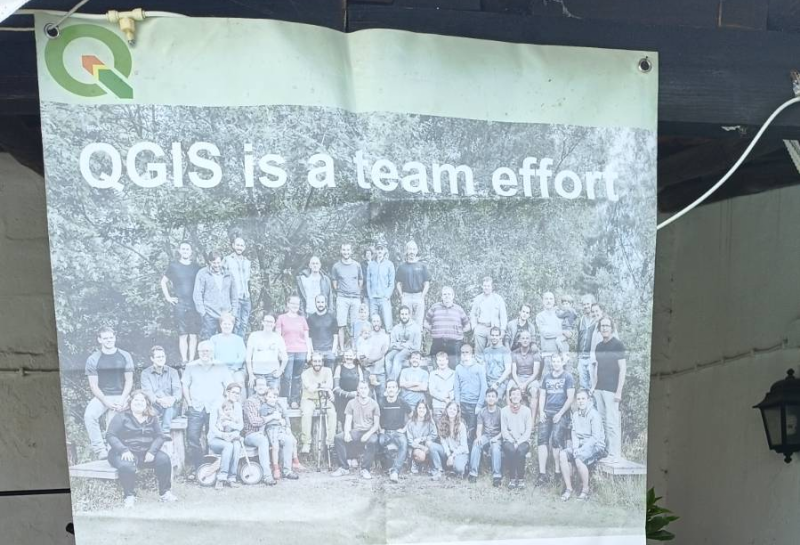 note: Now, if there’s one thing I want to be absolutely clear about today, it’s this: This project was started by a volunteer. It was grown by volunteers. And it’s sustained by people all over the world who believe in something bigger than only profit margins. We now have 35 official user groups, spanning every continent. From grassroots hackfests to full-blown conferences. From quiet pull requests to life-changing deployments. And that’s the secret: our strength is not just our code — it’s our community. --- # Professional usage  --- # How is QGIS sustained?  note: The answer lies in **shared responsibility, professional transparency, and community investment**. Most of our income comes from **sustaining members**, followed by **donations** and **training certificate proceeds** And in **2025**, we’re planning to exceed **€475,000** --- # Who sustains? 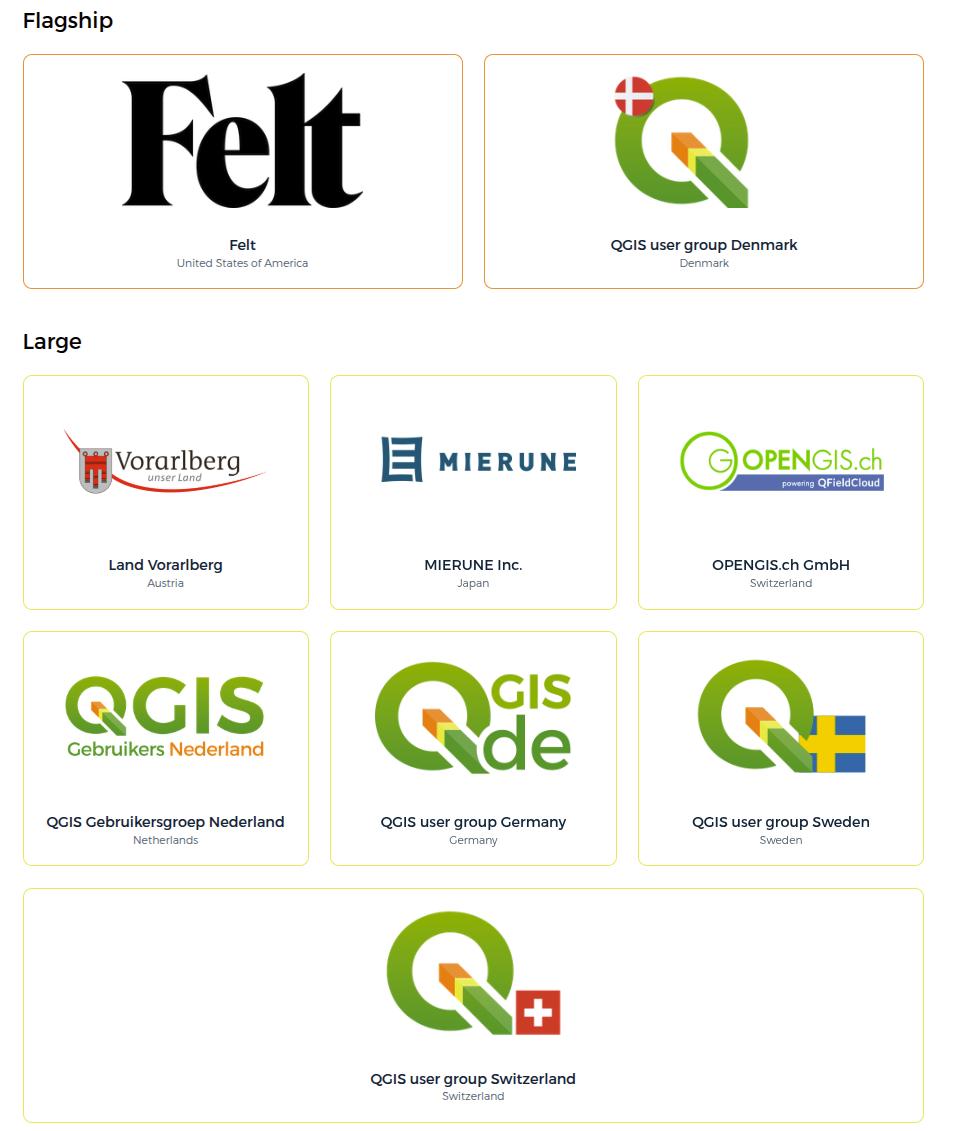 --- # Financial Growth & Transparency But it’s not just about growth — it’s about how we use it. - **Bug fixing** is our largest single allocation — this keeps QGIS stable and production-ready - **Infrastructure** (build systems, servers, packaging) ensures we scale reliably - **Documentation** gets a dedicated budget and full-time writer - And then there’s the **Grant Programme**, supporting community-driven innovation All of it is published publicly in our financial reports. note: Celebrate the financial maturity of the project. This is community-powered sustainability. --- # Grant Programme 2024–2025 - 💡 Direct investment in our community - 🛠️ 2024 grants focused on usability, performance, and real user needs - 🧱 Supports core foundations: not flashy, but essential - 🚀 Adds innovation and responsiveness on top of ongoing work - 🤝 Powered by the community — for the community note: Use this slide to underscore that investment in community pays back tenfold. --- # Qt6 Transitions to **Qt6**, the modern application framework that QGIS is built on. - Security improvements - Modern codebase with simplified maintenance - Updated dependencies --- # QGIS 4.0 - QGIS 4.0 will be Qt6-only - It won’t be an LTR, but will keep deprecated APIs to ease plugin transitions - The LTR will follow in QGIS 4.2, scheduled for early 2026 The goal: make the transition as smooth and low-risk as possible note: This is a massive change — but we’re ready for it. And we’re making it as developer-friendly as possible. --- # MacOS Package Improvements - Builds now use **vcpkg** for better maintainability - This allows us to finally support **notarised builds** — a requirement for modern macOS versions - It’s already proven to work — Already done for QField - First notarised builds of QGIS for macOS are expected **for QGIS 4.0** This brings us closer to a seamless, professional user experience across all major platforms. note: macOS users — we hear you! This is a big step forward for credibility and ease of use. --- # Harmonised QGIS Websites We’ve also made huge progress on the QGIS web ecosystem. Multiple QGIS sites have been updated to reflect a unified design and experience: - hub.qgis\.org - plugins.qgis\.org - feed.qgis\.org - planet.qgis\.org - certification.qgis\.org - uc2025.qgis\.org This harmonisation means better UX, seamless transitions across platforms, and easier navigation for all users. **Huge thanks** to **Lova**, who is here with us today, and to **Tim**, who sends his greetings and hopes to join next year. --- # Harmonised QGIS Websites 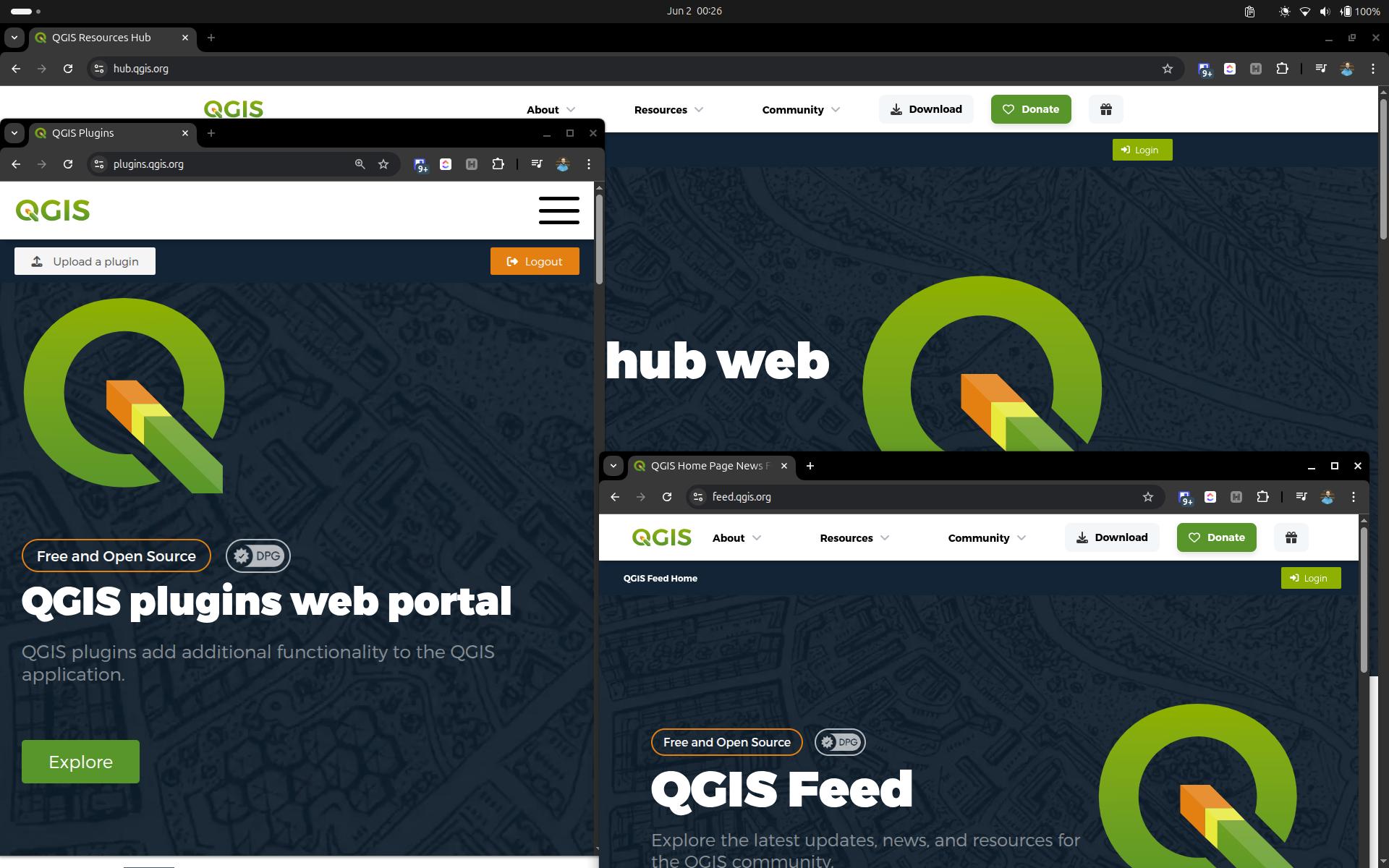 --- # Documentation Websites Next year - user manual - training materials - developer docs (?) --- # Plugin Ecosystem Health The plugin ecosystem in QGIS is thriving. - The Plugin Repository now provides Qt6 compatibility info - A migration guide for developers will be available - Code migration tools are in the making note: This is what happens when developers and users work together. It’s not just a toolbox — it’s an ecosystem. --- # Plugin Ecosystem Health  --- # QGIS Feed Strategy 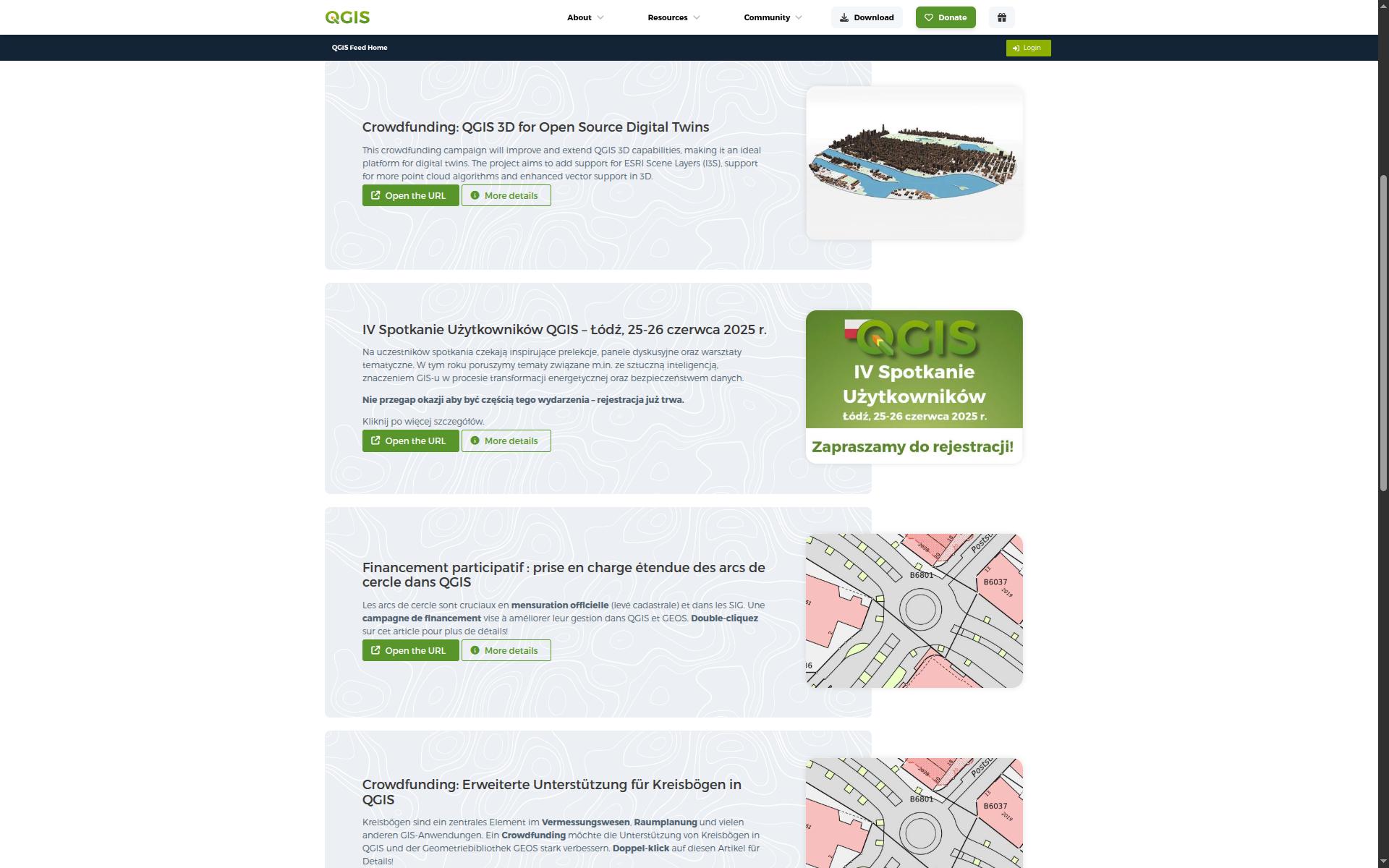 --- # QGIS Feed Strategy Allows us to: - Push out **short-lived, high-value news** - Stay in sync with releases, updates, events - Give you fresh content every few days We’re aiming for frequent posts — with most having a **validity of 10 days or less**. It’s quick, timely, and always relevant. note: Keep an eye on it — and consider contributing your own updates! --- # Current Initiatives - **Circular Arcs**: A crowdfunded initiative led by OPENGIS\.ch to bring better support for circular geometries to QGIS - **Digital Twin Support**: Lutra is pushing forward a crowdfunding campaign to improve digital twin functionality in QGIS - **Security Initiative**: Led by Oslandia and OPENGIS\.ch, focusing on hardening the platform and improving secure development practices note: These projects are great examples of how focused contributions, backed by the community, continue to push QGIS into new domains. --- # Tim’s 2024 Wishlist Revisited Last year, Tim shared a wishlist: - Dedicated team -> Looking into how to grow it - Attribute table overhaul -> Planned for 2026 - Qt6 migration -> happening - Cloud-native capabilities -> happening - More UX improvements -> 🔮 note: This is a callback and a celebration. You’re showing that QGIS isn’t just promising — it’s delivering. --- # Looking Ahead So what’s next? We’re not just thinking about patches and features — we’re thinking **long-term strategy**: - A more **cohesive documentation experience** - A language that can speak to big organisations decision makers - Secure, modern packages for every platform - Smarter build pipelines (trying to reduce energy consumption if possible) - And a community that stays open, welcoming, and global --- # Spatial Without Compromise 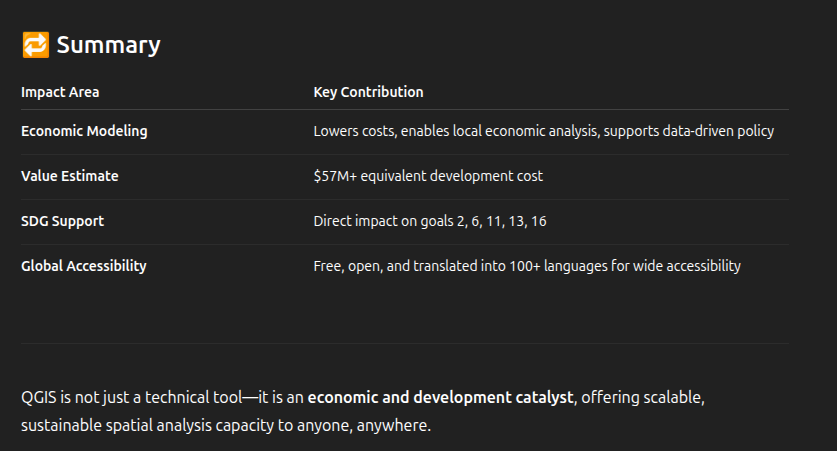 --- # Thousand Thanks To everyone here today — thank you. To every user, translator, developer, sponsor, documenter, tester, teacher — thank you. To the QGIS PSC, sustaining members, donors — thank you. 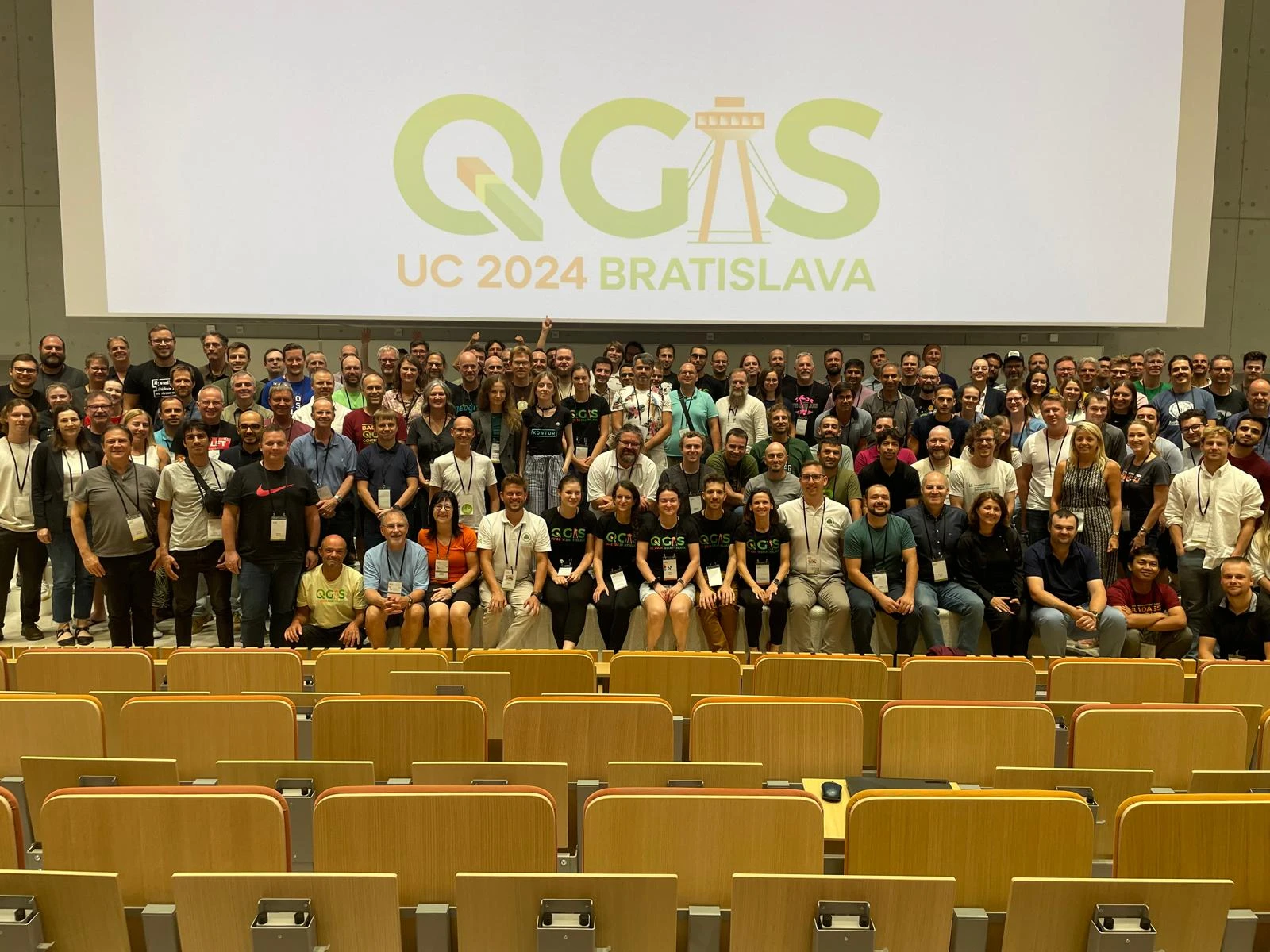 note: It’s an honour to be part of this story. Let’s keep QGIS **open**, **trusted**, and **unstoppable**. See you at the next release. Or the next HackFest. Or the next big dream. --- <!-- .slide: data-background="./assets/end.jpg"-->